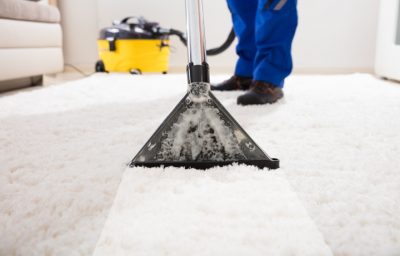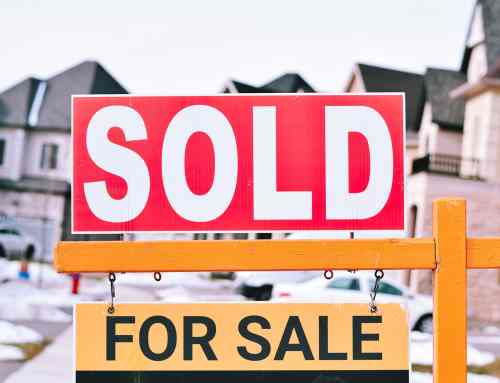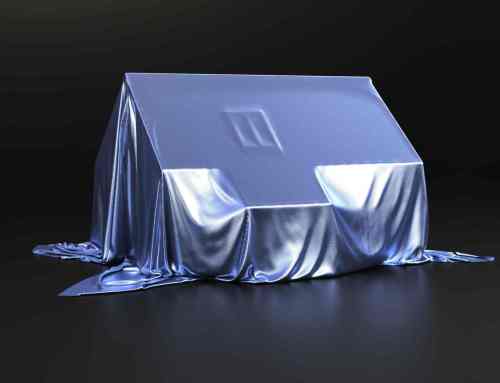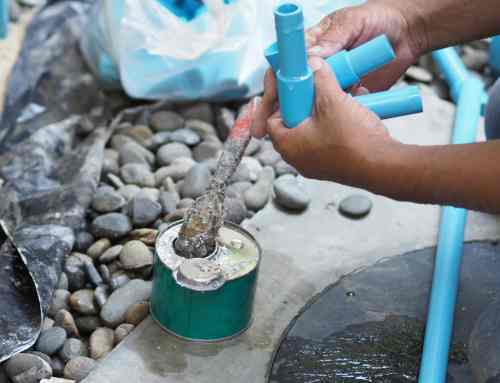What Causes Those Mysterious Dark Lines?
 You may have noticed it in your own home, or the home of a neighbor or friend – dark, dirty-looking lines in the carpet around the baseboards, under doors and on stairs. What is it? Can it be removed? Will it come back?
You may have noticed it in your own home, or the home of a neighbor or friend – dark, dirty-looking lines in the carpet around the baseboards, under doors and on stairs. What is it? Can it be removed? Will it come back?
The dark greyish or black discolorations that occur around the perimeter of rooms and in the doorways of some houses can be a source of embarrassment
and frustration. Our customers rely on us not only to clean their carpets, but also to educate them about how to maintain their carpet. Before we explain what
these mysterious dark lines are, we’ll talk about what they are not.
Contrary to what you may think, it has absolutely nothing to do with accumulated dust from poor housekeeping. It is not a defect in carpet. And although some
believe it to be mold, it is not. Even pest control companies have been wrongly accused of causing these unsightly lines with their treatments. So, what IS it? It’s called filtration soiling.
Understanding Filtration Soil
 Although it can happen in any home, filtration soiling is most common in homes that have forced air HVAC (heating, ventilation and air conditioning) systems. At certain
Although it can happen in any home, filtration soiling is most common in homes that have forced air HVAC (heating, ventilation and air conditioning) systems. At certain
locations in the carpet, air is being forced through the fibers by pressure and temperature differentials. The carpet fibers act as a filter, trapping pollutants that are in the air.
Some of these pollutants are the product of combustion and contain carbon. Common sources are automobile exhaust, industrial air pollution, tobacco smoke, and even natural gas or oil furnaces. This carbon, combined with oily residues from cooking and other sources, adheres to the carpet with very powerful electrostatic and chemical bonds.
The particles themselves are extremely small and very difficult to remove. The best course of action is prevention. Here are a few tips to prevent gray edges appearing on
your carpet:
- Make sure that any means of combustion in your home including gas or oil heating systems, cooking appliances and water heaters are operating properly. Incomplete combustion caused by improperly functioning appliances contains higher levels of carbon. This can cause rapid soiling.
- Have heat exchangers, flues and chimneys checked by an HVAC professional for leaks or improper function
- If you like to burn candles, limit how often you use the heavily scented ones. The oils used in these candles do not burn completely adding to the pollutants in the air, accelerating filtration soiling.
- Install high quality air filters in your heating and air system. This may require modifications to the system. Check with a qualified HVAC contractor.
- Consider using air purifiers, especially if smokers are present in the home. Tobacco smoke produces among the most difficult residues to remove.
- When using a fireplace or wood stove, ensure that there is adequate fresh air entry so as to create enough of an updraft for the fireplace. Otherwise some of
the smoke may get into the air and contribute to soil filtration. You may need to open a window a little. Don’t turn on ceiling fans in areas where you have a
fireplace burning. Air currents may pull smoke into the living space. - Clean Pro Cleaning & Restoration uses specialized cleaning agents and techniques to treat soil filtration lines. Although complete removal of the discoloration may
not be possible, we can usually improve the appearance. Of course, prevention is always your best line of defense.







